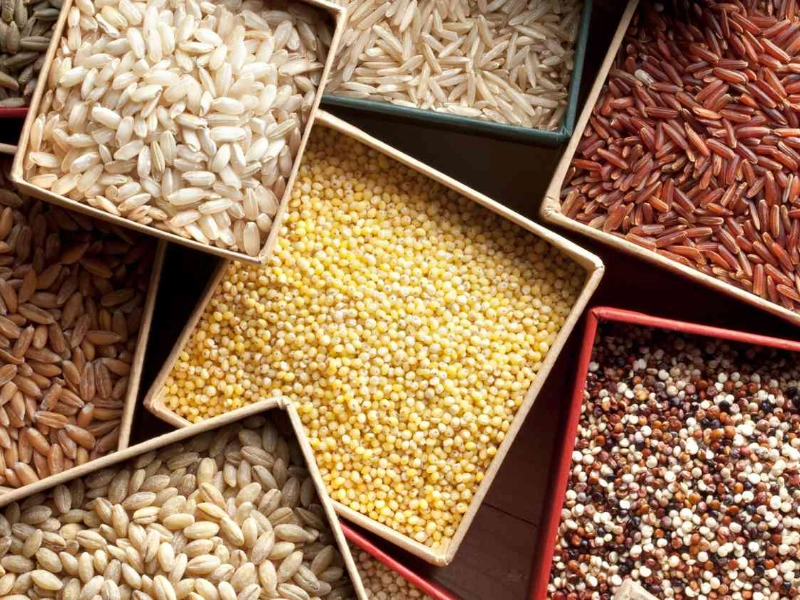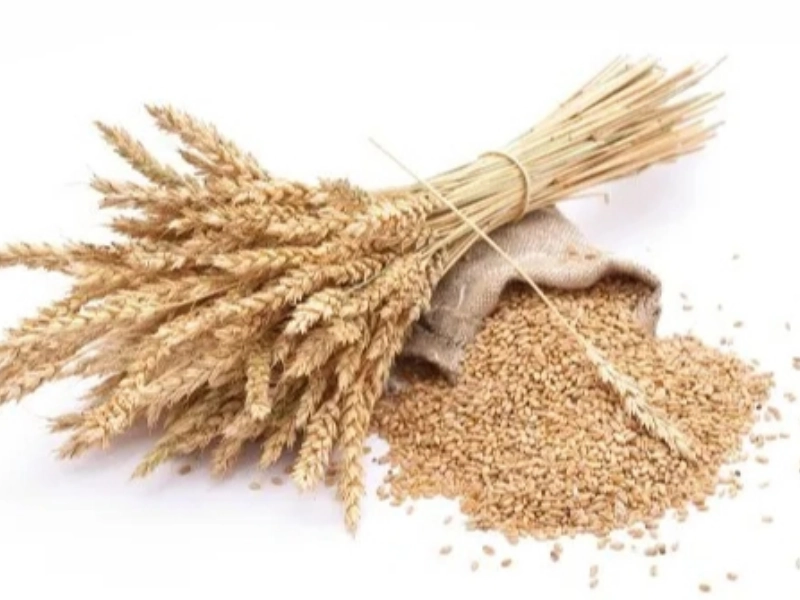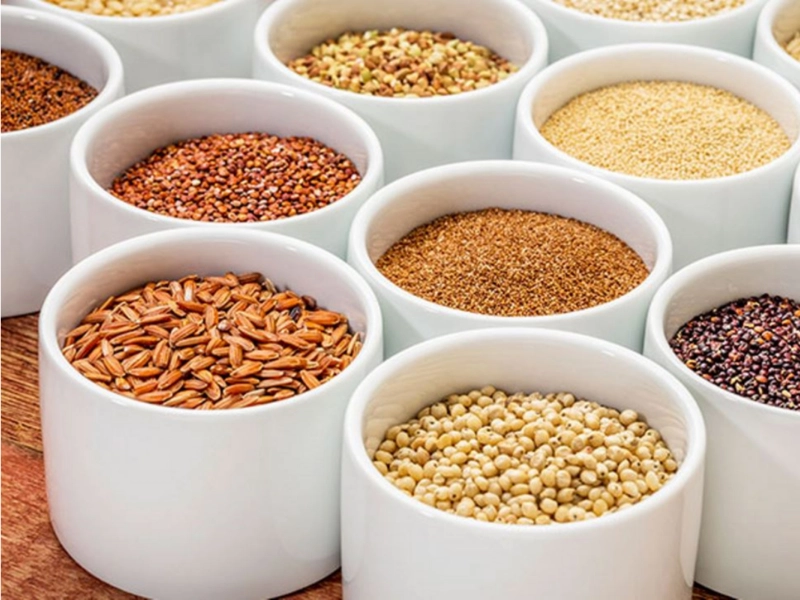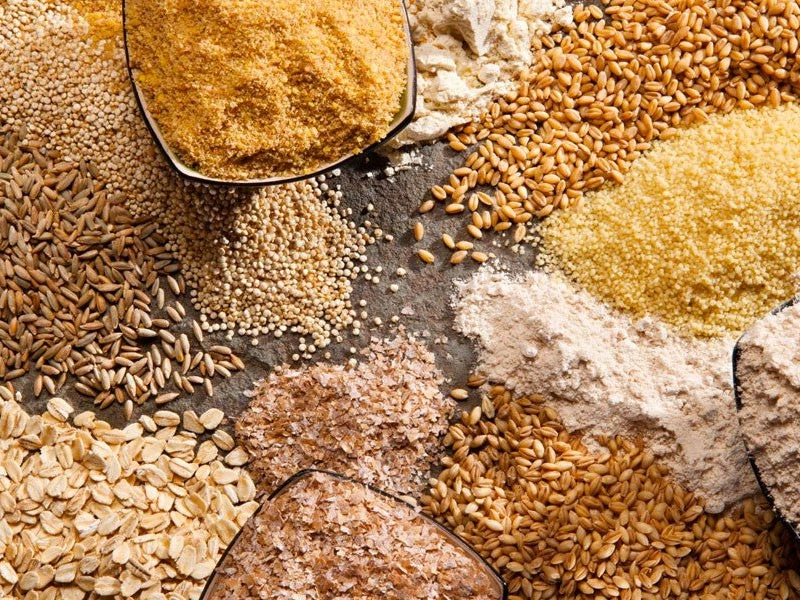For people controlling diabetes, grains are absolutely essential in their diet. Together with helping to control blood sugar levels, they offer vital minerals, fibre, and energy. Making wise dietary decisions depends on an awareness of the many kinds of grains and their effects on diabetes control. The advantages of whole grains, how they impact blood sugar, and useful advice on how to include them into your diet for improved health are investigated in this article.
 Whole grains are those with all components of the grain kernel: endosperm, bran, germ. This implies that, in comparison to refined grains—which have had the bran and germ removed—they preserve more nutrients and fibre. Foods considered whole grains are brown rice, quinoa, barley, oats, and whole wheat goods. Those with diabetes should choose these grains since they are high in vitamins, minerals, and antioxidants and hence better.
The great advantage of whole grains is their high fibre count. By slowing down the absorption of sugar in the bloodstream, fibre is rather important in controlling diabetes. This helps to avoid postmeal surges in blood glucose levels. Important for diabetic management, fibre also helps digestion, increases satiety, and can help keep weight under control.
Whole grains are those with all components of the grain kernel: endosperm, bran, germ. This implies that, in comparison to refined grains—which have had the bran and germ removed—they preserve more nutrients and fibre. Foods considered whole grains are brown rice, quinoa, barley, oats, and whole wheat goods. Those with diabetes should choose these grains since they are high in vitamins, minerals, and antioxidants and hence better.
The great advantage of whole grains is their high fibre count. By slowing down the absorption of sugar in the bloodstream, fibre is rather important in controlling diabetes. This helps to avoid postmeal surges in blood glucose levels. Important for diabetic management, fibre also helps digestion, increases satiety, and can help keep weight under control.
 Blood sugar levels can be much influenced by the kind of grains one eats. Comparatively to processed grains, whole grains have a lower glycaemic index (GI). The glycaemic index gauges a food's rapid blood sugar raising action. Low GI foods digest and absorb more slowly, which helps to produce more steady blood sugar levels.
Including whole grains in meals might enable diabetics control their blood sugar more precisely. Choosing brown rice instead of white rice or full grain bread instead of white bread, for instance, will clearly change things. Studies of diets high in whole grains have linked them to better glycaemic management and a reduced incidence of type 2 diabetes.
Blood sugar levels can be much influenced by the kind of grains one eats. Comparatively to processed grains, whole grains have a lower glycaemic index (GI). The glycaemic index gauges a food's rapid blood sugar raising action. Low GI foods digest and absorb more slowly, which helps to produce more steady blood sugar levels.
Including whole grains in meals might enable diabetics control their blood sugar more precisely. Choosing brown rice instead of white rice or full grain bread instead of white bread, for instance, will clearly change things. Studies of diets high in whole grains have linked them to better glycaemic management and a reduced incidence of type 2 diabetes.
 Although persons with diabetes mostly worry about controlling their blood sugar, whole grains can provide several other health advantages. Among the key nutrients, they are quite good suppliers of B vitamins, iron, magnesium, and selenium. Energy metabolism, immune system, and general health all depend on these nutrients in great part.
Moreover, the antioxidants present in whole grains can help lower body inflammation, which is especially helpful for people with diabetes as chronic inflammation is usually connected to insulin resistance. Including a range of whole grains in the diet helps people to support their long-term health and improve their total nutrient intake.
Although persons with diabetes mostly worry about controlling their blood sugar, whole grains can provide several other health advantages. Among the key nutrients, they are quite good suppliers of B vitamins, iron, magnesium, and selenium. Energy metabolism, immune system, and general health all depend on these nutrients in great part.
Moreover, the antioxidants present in whole grains can help lower body inflammation, which is especially helpful for people with diabetes as chronic inflammation is usually connected to insulin resistance. Including a range of whole grains in the diet helps people to support their long-term health and improve their total nutrient intake.
 Including whole grains in your diet may be straightforward and fun. First start by progressively substituting whole grains for processed grains in your dishes. For breakfast, think of whole grain toast with avocado or muesli topped with fresh fruit. Choose whole grain pasta meals, stir-fries made with brown rice, or salads including quinoa for lunch and dinner.
Using several grains can also provide diversity to your dishes. From salads to soups, quinoa, farro, and barley are great substitutes for conventional grains and fit for many recipes. Reading food labels also makes it easier for you to spot products including whole grains. Search for products with whole grains listed first as the ingredient and low added sugars and bad fats.
Including whole grains in your diet may be straightforward and fun. First start by progressively substituting whole grains for processed grains in your dishes. For breakfast, think of whole grain toast with avocado or muesli topped with fresh fruit. Choose whole grain pasta meals, stir-fries made with brown rice, or salads including quinoa for lunch and dinner.
Using several grains can also provide diversity to your dishes. From salads to soups, quinoa, farro, and barley are great substitutes for conventional grains and fit for many recipes. Reading food labels also makes it easier for you to spot products including whole grains. Search for products with whole grains listed first as the ingredient and low added sugars and bad fats.
Although whole grains are a better choice, treatment of diabetes still depends on portion size. Large portions of even nutritious foods might affect blood sugar levels. Serving amounts should be considered carefully, and grains should be balanced with other dietary categories including lean proteins and good fats. Measuring glasses or a food scale will help to guarantee proper serving quantities. Moreover, combining grains with protein and good fats can aid to slow down digestion and thereby stabilise blood sugar levels. To promote blood sugar control, for instance, toss whole grain bread with nut butter or beans into a grain salad.
Focussing on how various kinds of grains affect blood sugar levels and general health, research on the function of grains in diabetes treatment keeps on exploring their part. Research on the possible advantages of ancient grains—including spelt and teff—as well as their effects on glycaemic management and insulin sensitivity is under way. Dietary advice for diabetics may change as more data becomes available, stressing the need of whole grains in a balanced diet. < Maintaining knowledge of the most recent studies can enable people to properly control their diabetes with diet and make better decisions. Those who embrace the part grains play in their diet can make major progress towards better well-being.